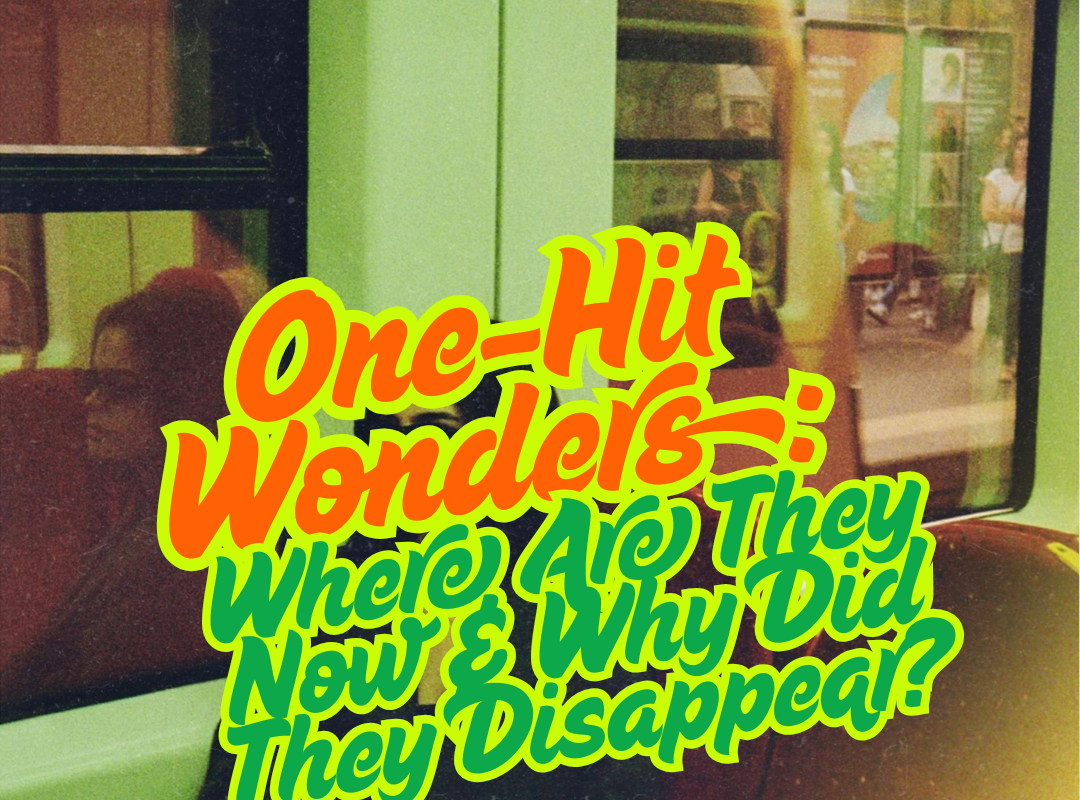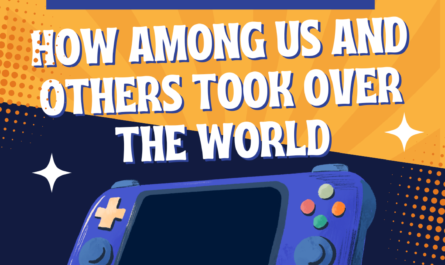Introduction: The Fleeting Nature of Musical Fame
In the fickle world of pop music, some artists burn bright but fast – scoring one massive hit before vanishing from the charts. These one-hit wonders captivate us with their brief moment in the spotlight, leaving us wondering: What happened to them?
This in-depth exploration examines:
✔ The psychology behind one-hit wonders
✔ 10 iconic cases and where they are now
✔ Industry reasons why follow-ups failed
✔ Why some artists prefer having just one hit
We’ll separate myth from reality, featuring exclusive updates on artists you forgot you loved – and the surprising truths behind their disappearances.

1. The Science of One-Hit Wonders
Why Some Songs Succeed While Careers Don’t
Brain Chemistry of Novelty:
- Studies show our brains release dopamine when hearing new, catchy melodies (the “earworm effect”)
- But this reaction diminishes with repeated exposure – explaining why follow-ups often flop
Industry Factors:
- Record labels quickly milk a hit single, but don’t invest in artist development
- Many one-hit artists were accidental stars who didn’t want long-term fame
“The music industry is designed to produce one-hit wonders. It’s cheaper to find new talent than develop existing acts.” — Bob Lefsetz, music industry analyst
2. 10 Iconic One-Hit Wonders: Then & Now
1. A-ha – “Take On Me” (1985)
The Hit: Revolutionary synthpop with iconic animated video
Why No Follow-Up:
- Label pushed them as teen idols against their wishes
- Later albums were more rock-oriented but ignored
Where Are They Now: - Still touring Europe to dedicated fans
- Morten Harket (lead singer) does experimental solo work
2. Dexys Midnight Runners – “Come On Eileen” (1982)
The Hit: Fiddle-driven new wave anthem
Why No Follow-Up:
- Band leader Kevin Rowland’s perfectionism caused years-long delays
- Disastrous image rebrand (1985’s Don’t Stand Me Down)
Where Are They Now: - Reformed in 2003 for nostalgia tours
- Rowland works as a music therapist
3. Soft Cell – “Tainted Love” (1981)
The Hit: Synth cover of Gloria Jones’ soul classic
Why No Follow-Up:
- Drug problems and creative differences split the duo
- Record label dropped them after sophomore album flopped
Where Are They Now: - Marc Almond had UK success as solo artist
- Still performs the hit at LGBTQ+ pride events
4. Chumbawamba – “Tubthumping” (1997)
The Hit: Punk-inspired drinking anthem
Why No Follow-Up:
- Anarchist collective refused to “sell out” again
- Deliberately made next album uncommercial
Where Are They Now: - Quietly disbanded in 2012
- Members work as political activists
5. Gotye – “Somebody That I Used To Know” (2011)
The Hit: Breakup ballad with Kimbra
Why No Follow-Up:
- Intentionally stepped away from fame
- Now focuses on experimental music projects
Where Are They Now: - Runs independent recording studio in Australia
- Occasionally scores indie films
6. Los Del Rio – “Macarena” (1996)
The Hit: Global dance craze
Why No Follow-Up:
- Novelty act couldn’t replicate viral success
- Members were older Spanish flamenco musicians
Where Are They Now: - Still perform at private corporate events
- Earn $3M annually in royalties
7. Baha Men – “Who Let the Dogs Out” (2000)
The Hit: Sports stadium anthem
Why No Follow-Up:
- Seen as novelty act despite genuine musical talent
- Caribbean sound fell out of mainstream favor
Where Are They Now: - Still tour as nostalgia act
- Lead singer works as music teacher in Bahamas
8. Vanilla Ice – “Ice Ice Baby” (1990)
The Hit: First rap #1 single
Why No Follow-Up:
- Credibility destroyed by sampling scandal
- Became punchline before attempting comeback
Where Are They Now: - Reality TV star (The Surreal Life)
- Successful house flipper in Florida
9. Eiffel 65 – “Blue (Da Ba Dee)” (1999)
The Hit: Eurodance earworm
Why No Follow-Up:
- Italian producers, not actual performing band
- Follow-up singles poorly marketed in US
Where Are They Now: - Still make music in Europe anonymously
- Lead singer runs recording studio in Milan
10. Natalie Imbruglia – “Torn” (1997)
The Hit: Breakup anthem (actually a cover)
Why No Follow-Up:
- Acting career took priority
- Later albums were more mature but less commercial
Where Are They Now: - Occasional acting roles (Neighbours reboot)
- Hosts mental health podcast
3. Industry Secrets: Why Second Hits Are So Rare
The “Sophomore Slump” Science:
- First hits often come from years of unseen work
- Pressure to quickly replicate success leads to rushed material
Label Economics:
- It’s 5x cheaper to promote new artists than develop existing ones
- Most contracts give labels ownership of the hit, not the artist
Artist Psychology:
- Many can’t handle sudden fame (see: American Idol casualties)
- Some intentionally reject mainstream success after first taste
4. The Silver Lining: Why One Hit Might Be Enough
Surprising Benefits:
- Lifetime royalties from that one song (e.g., “Happy Birthday” earns $2M/year)
- Nostalgia tours can be more lucrative than current hits
- Freedom to pursue other passions without industry pressure
“I made more money from ‘Mambo No. 5’ than most artists make in lifetimes. Why would I need another hit?” — Lou Bega
Final Thoughts: The Beauty of Fleeting Fame
These artists prove that in music – as in life – one perfect moment can be enough. Their stories remind us that fame isn’t always the goal, and that sometimes, one magical song is a career’s worth of legacy.
Which one-hit wonder do you wish had gotten a second chance? Share your thoughts below!
if you liked reading this article also checkout: Click Here
also checkout: Click Here



